Don't wanna be here? Send us removal request.
Text
Why I Started Web Three Corp (and Why It’s More Than Just Another Tech Brand)
Let me tell you a story.
A year ago, I was knee-deep in building client websites, debugging APIs at 2 AM, and learning everything I could about tech—from smart contracts to SaaS growth hacks. I loved it, but something was missing. I wasn’t building my thing. I wasn’t building for the community.
That’s when the idea of Web Three Corp was born.
At first, it was just a rough sketch in my notes:
“A tech brand that blends modern tools, automation, AI, and Web 3.0 under one creative umbrella.”
But the more I thought about it, the clearer the mission became:
Free tools for creators, devs, and founders.
Academic education & tutorials that don’t suck.
A growing knowledge base for the next-gen internet.
Web Three Corp isn’t just about crypto or blockchains. It’s about what’s next in tech—automation, no-code, micro-SaaS, intelligent APIs, ethical AI, secure decentralization, and everything that empowers solo creators and indie teams.
I'm building this brand not just to exist online, but to help people build online—better, faster, and smarter.
What’s next?
Right now, I’m brainstorming ideas for free community tools to start giving back and grow the tribe.
That’s where you come in.
If you could get one tool, utility, or platform for free—what would it be?
What’s something simple, useful, but missing in your daily workflow?
Drop your wildest ideas, your smallest annoyances, or your dream tools.
No gatekeeping. Let’s build this together.
Follow along. Build with me.
This is Web Three Corp.
1 note
·
View note
Text
📦 Stacks in C++ — A Beginner’s Best Friend 💥
Hey there, curious coder! 👀 We already met arrays (static storage) and linked lists (dynamic storage). Now it’s time to meet their cool cousin: the Stack.
🌊 What’s a stack, anyway?
A stack is like a stack of plates 🍽️ or books 📚:
You add new items on top.
You remove items from top.
You cannot take out something from the middle.
This is called Last In, First Out (LIFO).
📋 Real-life examples:
✅ Browser history → back button ✅ Undo in a text editor ✅ Function calls in your program (call stack) ✅ Reversing a string
⚙️ Core operations (CRUD)
Let’s break it into CRUD style: OperationMeaningCreateMake an empty stackReadLook at the top elementUpdateChange the top elementDeleteRemove the top element
💥 C++ Implementation (Array-based stack)
We’ll build a fixed-size stack using arrays.
✅ Create a stack
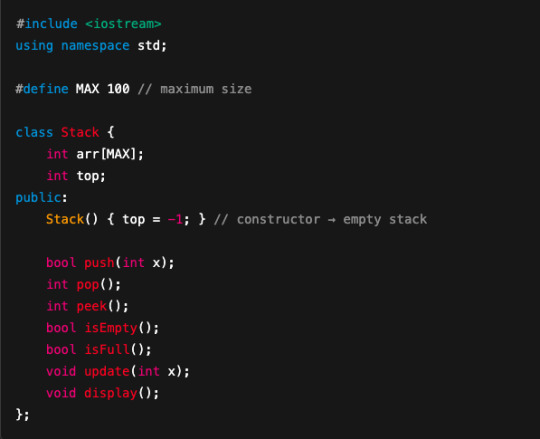
➕ Push (Create/Add)
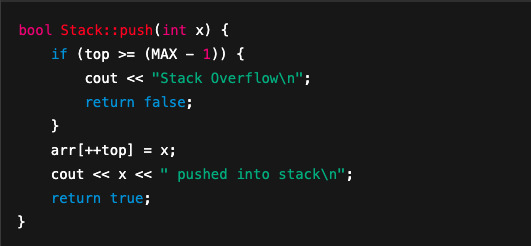
➖ Pop (Delete)
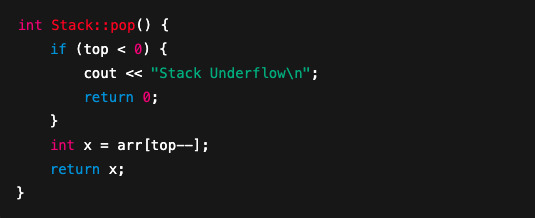
👀 Peek (Read)

🔄 Update top (Update)
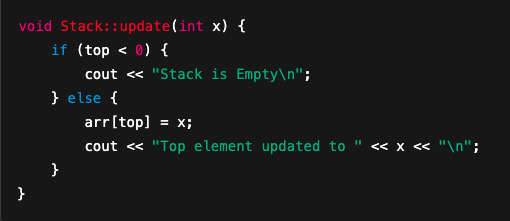
💬 Check if empty / full
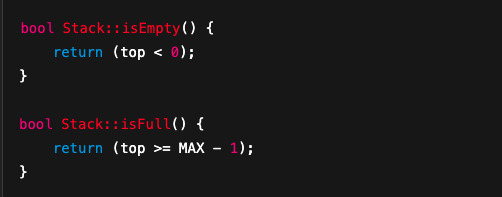
📃 Display stack

🚀 Main function to test it all

✨ Key Takeaways
✔ Stack = LIFO → top-based operations ✔ CRUD = push, pop, peek, update ✔ Check for overflow and underflow ✔ Real-world applications everywhere!
🔥 Next up?
Want me to prepare a post on Queues in C++ (with CRUD + theory)? Or a linked-list based stack? Let me know — I’m ready! 🚀
#cpp#cplusplus#programming#coding#developers#datastructures#stack#algorithm#learntocode#computerscience#codingbeginner#programmingcommunity#codinglife#developerlife#education#tech#lifo#softwareengineering#code#codelife#tutorial#stackimplementation#cruddemo#beginnerfriendly#learnprogramming
1 note
·
View note
Text
Mastering Linked Lists: Beginner's Guide
Hey Tumblr friends 👋
After learning about Arrays, it's time to level up! Today we’re diving into Linked Lists — another fundamental building block of coding! 🧱✨
So... What is a Linked List? 🤔
Imagine a treasure hunt 🗺️:
You find a clue ➡️ it points you to the next clue ➡️ and so on.
That's how a Linked List works!
🔗 Each element (Node) holds data and a pointer to the next Node.
It looks something like this: [data | next] -> [data | next] -> [data | next] -> NULL
Why Use a Linked List? 🌈
✅ Dynamic size (no need to pre-define size like arrays!) ✅ Easy insertions and deletions ✨ ✅ Great for building stacks, queues, and graphs later!
❌ Slower to access elements (you can't jump straight to an item like arrays).
Basic Structure of a Linked List Node 🛠️

data -> stores the actual value
next -> points to the next node
📚 CRUD Operations on Linked Lists
Let’s build simple CRUD functions for a singly linked list in C++! (🚀 CRUD = Create, Read, Update, Delete)
Create (Insert Nodes)

Read (Display the list)

Update (Change a Node’s Value)

Delete (Remove a Node)

🌟 Final Thoughts
🔗 Linked Lists may look tricky at first, but once you master them, you’ll be ready to understand more powerful structures like Stacks, Queues, and even Graphs! 🚀
🌱 Mini Challenge:
Build your own linked list of your favorite songs 🎶
Practice inserting, updating, and deleting songs!
If you loved this explainer, give a follow and let's keep leveling up together! 💬✨ Happy coding, coder fam! 💻🌈 For more resources and help join our discord server
4 notes
·
View notes
Text
🌟 Understanding Arrays: A Beginner’s Deep Dive! 🌟
Hey Tumblr friends 👋
Today I want to break down something super important if you're getting into coding: Arrays. (Yes, those weird-looking brackets you've probably seen in code snippets? Let’s talk about them.)
So... What Exactly Is an Array? 🤔
Imagine you have a bunch of favorite songs you want to save. Instead of creating a new playlist for each song (chaotic!), you put them all into one single playlist.
That playlist? That’s what an Array is in programming! 🎶✨
An array is basically a container where you can store multiple values together under a single name.
Instead of doing this:

You can just do:

Why Are Arrays Useful? 🌈
✅ You can group related data together. ✅ You can loop through them easily. ✅ You can dynamically access or update data. ✅ You keep your code clean and organized. (No messy variables 👀)
How Do You Create an Array? ✨
Here's a simple array:
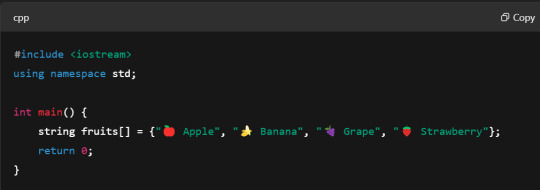
Or create an empty array first (you must specify size in C++):

Note: C++ arrays have a fixed size once declared!
How Do You Access Items in an Array? 🔎
Arrays are zero-indexed. That means the first element is at position 0.
Example:

Changing Stuff in an Array 🛠️
You can update an item like this:

Looping Through an Array 🔄
Instead of writing:

Use a loop:

Or a range-based for loop (cleaner!):

Some Cool Things You Can Do With Arrays 🚀
In C++ you don't have built-in methods like push, pop, etc. for raw arrays, but you can use vectors (dynamic arrays)! Example with vector:

Quick Tip: Arrays Can Store Anything 🤯
You can store numbers, booleans, objects (structures/classes), and even arrays inside arrays (multidimensional arrays).
Example:

Real-World Example 🌍
A To-Do list:

Output:

👏 See how clean and readable that is compared to hardcoding every single task?
🌟 Final Thoughts
Arrays are the foundation of so much you'll do in coding — from simple projects to complex apps. Master them early, and you'll thank yourself later!
🌱 Start practicing:
Make a list of your favorite movies
Your favorite foods
Songs you love
...all in an array!
If you liked this C++ explainer, let’s connect! 💬✨ Happy coding, coder fam! 💻🌈
2 notes
·
View notes